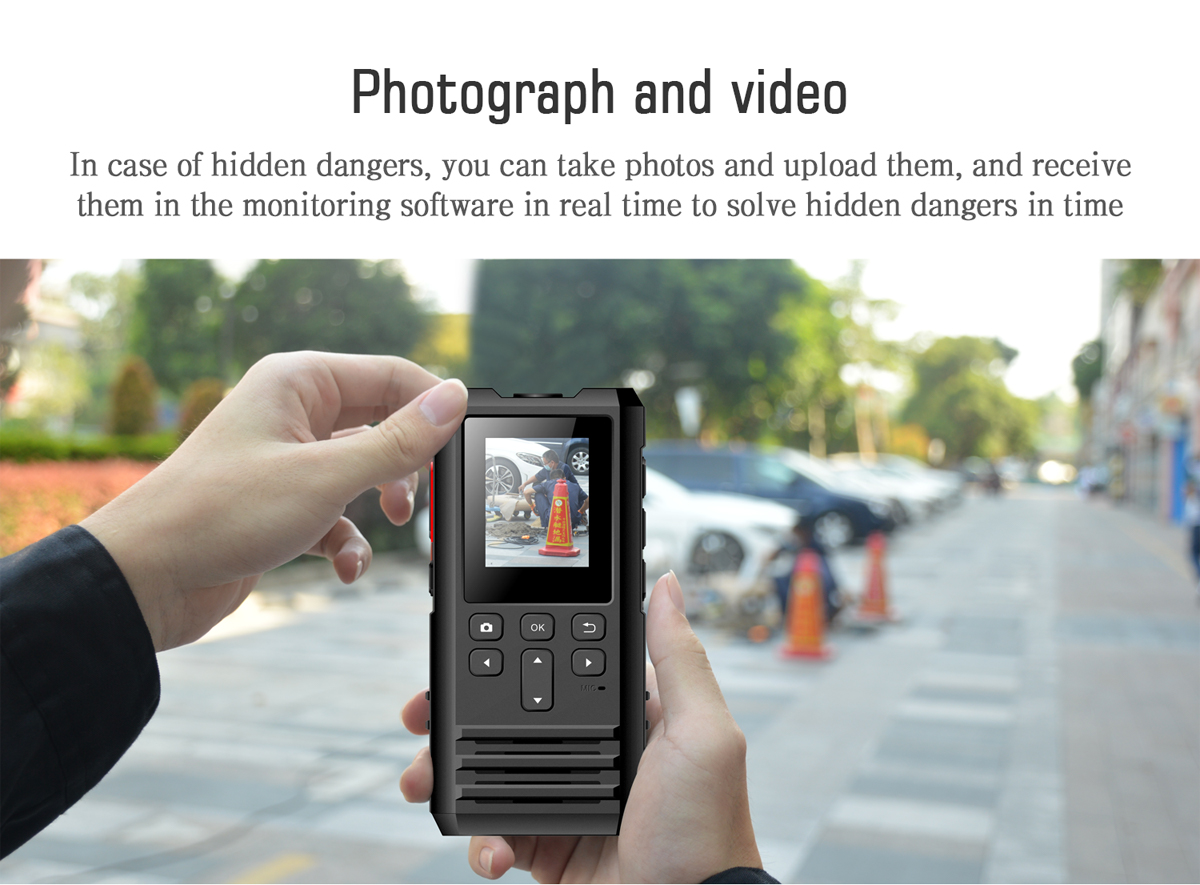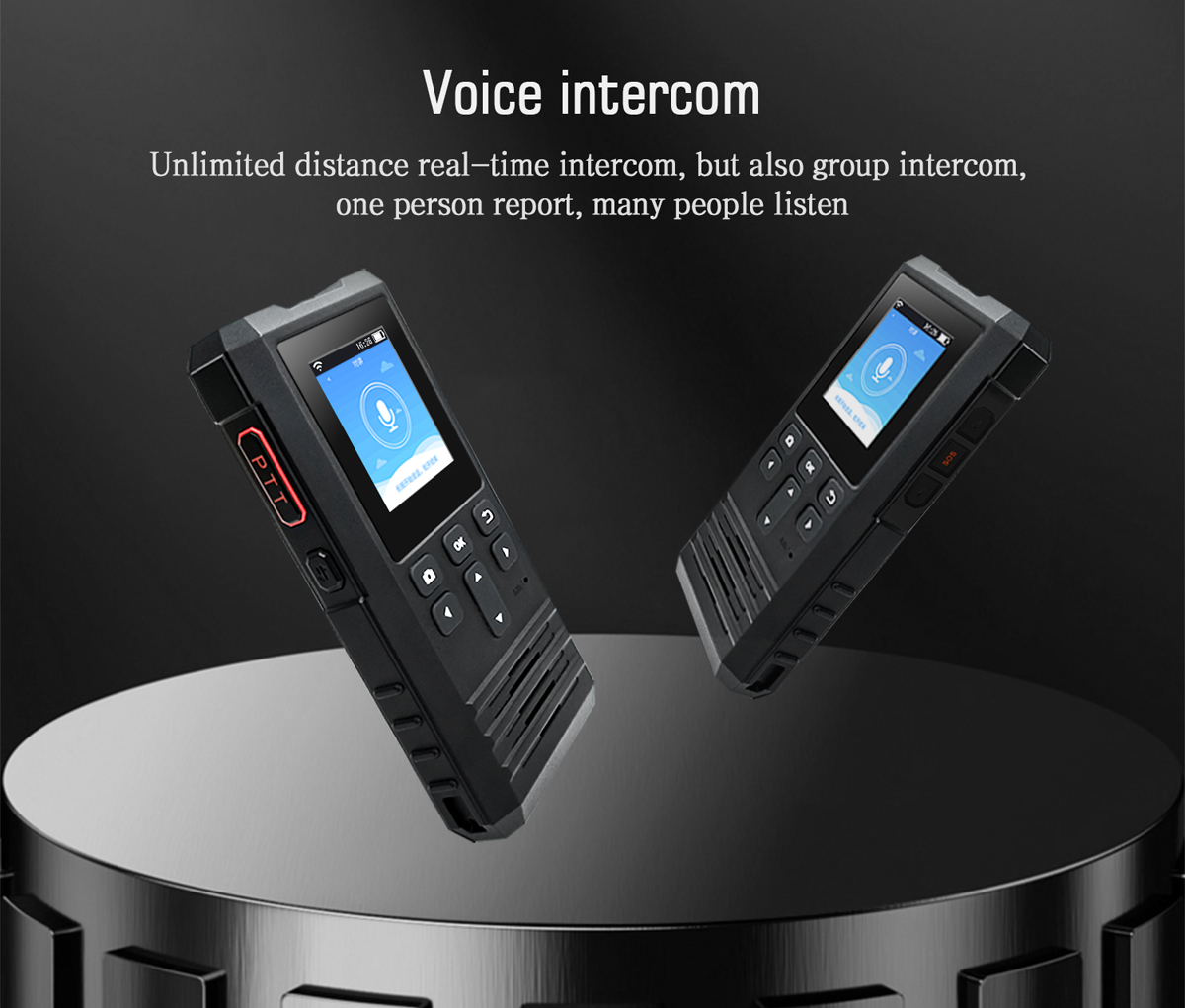

One of the biggest advantages of remote management is real-time monitoring. Traditional access control systems require on-site administrators to manage entrances, exits, and security alarms. With remote capabilities, security teams can monitor doors, detect unauthorized entries, and receive instant alerts—all from a centralized dashboard. Whether you manage a single office or multiple locations, real-time insights ensure faster response times and better threat detection. This feature is especially valuable for businesses with distributed teams or after-hours security concerns. Advanced analytics further enhance real-time monitoring by detecting unusual patterns. These insights help security teams proactively address vulnerabilities before they escalate into major breaches. Additionally, remote monitoring reduces the need for constant physical patrols, allowing security personnel to focus on high-priority tasks.
As companies grow, so do their security needs. Traditional hardwired access control systems can be costly and complex to scale. Remote management, often powered by cloud-based platforms, enables seamless expansion. Adding new doors, integrating additional locations, or adjusting user permissions can be done in just a few clicks without the need for expensive hardware upgrades. This flexibility ensures your access control system grows with your business, eliminating bottlenecks and reducing IT overhead.
Cloud-based systems also make it easier to integrate with other business tools, such as HR software for automated employee onboarding and offboarding. This means that when an employee joins or leaves the company, access rights can be updated instantly, reducing the administrative burden. Additionally, businesses with seasonal fluctuations can temporarily adjust access levels without making permanent infrastructure changes.

Manually managing employee and visitor access is time-consuming and error-prone. Remote management enables administrators to instantly grant, modify, or revoke access, whether for new employees, contractors, or temporary visitors. Lost or stolen credentials can be immediately deactivated, reducing security risks. Additionally, features like mobile credentials and contactless entry improve convenience while maintaining strict security protocols. This level of control ensures that only authorized personnel can enter restricted areas, improving overall security.
In addition to basic access control, remote management systems can track employee movements to ensure security compliance, such as during emergencies or evacuations. Visitor management becomes more efficient with pre-registration and digital check-ins, reducing front desk congestion. Some systems even offer integration with email or messaging platforms to notify hosts when guests arrive.
Maintaining an on-site security team or frequently dispatching technicians for system updates can be costly. Remote management allows administrators to minimize these expenses by allowing them to troubleshoot, update software, and adjust settings from anywhere. Predictive maintenance features can also prevent costly downtime by alerting teams to potential issues before they escalate. By optimizing resource allocation and reducing manual intervention, businesses can achieve significant long-term savings without compromising security.
Energy savings are another often-overlooked benefit. Smart access control system can integrate with building automation to turn off lights and HVAC in unoccupied areas, reducing utility costs. Additionally, the shift from physical keys or cards to mobile credentials can reduce expenses associated with replacement and reissue.

Many industries face stringent regulatory requirements for access logging and audit trails. Remote management simplifies compliance by automatically logging in and out data, generating reports, and maintaining encrypted records. In the event of an audit, administrators can quickly retrieve historical access logs without having to pore through physical records. This not only ensures compliance with industry standards but also provides greater transparency in security operations. Customizable permission levels allow businesses to enforce the principle of least privilege, ensuring that employees only access areas required for their roles—a key requirement for many compliance frameworks. Automated reporting capabilities save a significant amount of time that would normally be spent manually compiling access records for auditors.
Remote management is no longer a luxury but a necessity for modern access control systems. The benefits are clear, from real-time monitoring and cost savings to compliance and disaster recovery. Companies that adopt these innovations will gain stronger security, operational efficiency, and scalability. If your business is still relying on outdated access control methods, now is the time to upgrade.